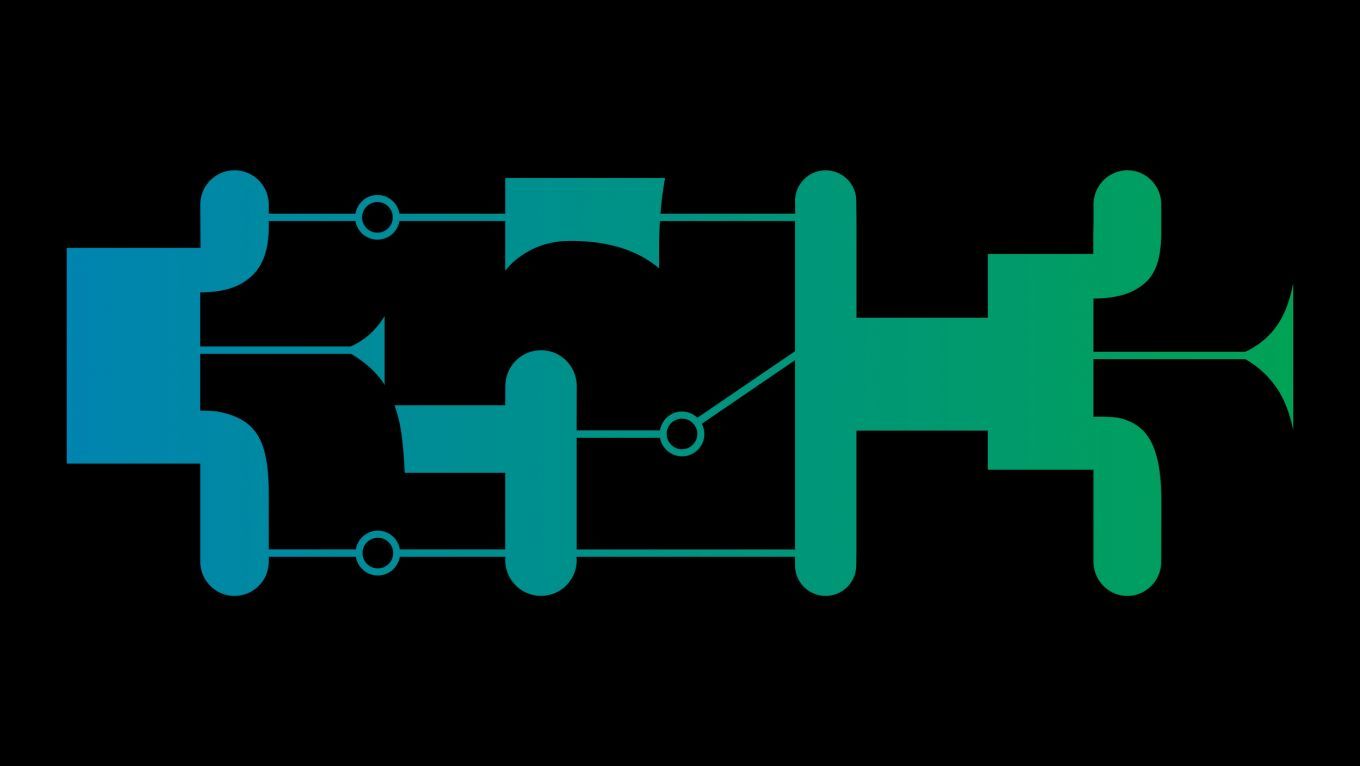Resilience
Cat & Mouse: Evading the Censors in 2018
Preserving access to the open Internet with circumvention technology
The deepening of global Internet infrastructure comes accompanied with an invigorated capacity and intent by adversaries to control the information that flows across it. Inextricably, political motivations and embedded power structures underlie the networks through which we interpret and understand our societies and our world - censorship threatens the integrity of the public sphere itself. The increasing technical sophistication of information controls deployed by censors in adversarial network environments around the world can be uniquely viewed and researched by circumvention tool providers, whose work continues to preserve access to the open Internet for all communities. Through this presentation, we endeavour to share insights gained from the front lines of this technical contest.
The deepening of global Internet infrastructure comes accompanied with an invigorated capacity and intent by adversaries to control the information that flows across it. Inextricably, political motivations and embedded power structures underlie the networks through which we interpret and understand our societies and our world - censorship threatens the integrity of the public sphere itself. The increasing technical sophistication of information controls deployed by censors in adversarial network environments around the world can be uniquely viewed and researched by circumvention tool providers, whose work continues to preserve access to the open Internet for all communities. Through this presentation, we endeavour to share insights gained from the front lines of this technical contest.
The following key questions will be answered in this session:
- What are circumvention tools conceptually and how do they work?
- How have the techniques of adversaries evolved?
- What are the latest innovations in circumvention technology?
- How have emerging economies been affected, where censorship and and surveillance hardware and software are built-in to newly established ICT infrastructure?
- How do circumvention trends follow censorship events and social/political movements?
- Where do we see these technical advances leading the next generation of censorship and circumvention technology?
This is a Foundations talk. No prior understanding of circumvention technology is required to enjoy this, but the presentation will hopefully be enjoyable to all experience levels.
Additional information
| Type | lecture |
|---|---|
| Language | English |
More sessions
| 12/27/18 |
Six years ago the idea behind CensoredPlanet started, that is now launched at censoredplanet.org. We had a simple (yet essential) guiding principle: measurements that may be politically sensitive should be done without volunteer participation. In this talk, besides a detailed scientific overview of the techniques and the current state of CensoredPlanet, I plan to talk about my experience in developing the project from the ground up. Despite the pervasive nature of Internet censorship and the ...
|
| 12/27/18 |
We rely on mainstream computer engineering every day, but it's insanely complex, poorly understood, unreliable, and, as CCC reminds us every year, chronically insecure. This talk will explain some ways that we can do better: taming parts of this this chaos with precise understanding - illustrated with disturbing facts and clean models for current architectures and the C language, from the <a href="https://www.cl.cam.ac.uk/~pes20/rems/">REMS</a> project, and principled but pragmatic new ...
|
| 12/27/18 |
In this talk @zelf invites to the world of Scuttlebutt, the decentralized P2P gossiping protocol, and how it can be transformative for society through decentralization of data and enabling local community development.
|
| 12/27/18 |
This Foundations talk explains the systems and protocols that make up the Internet, starting from a laptop with a Wi-Fi connection. No particular technical knowledge required.
|
| 12/28/18 |
A major part of software development is maintenance, i.e. tinkering with software that should already be completed but still somehow does not work as it should. Software developed by tinkering is the antithesis to resilient technology, and a growing threat to our profession and our lives. Working on this kind of software crushes the soul. Yet this is exactly how most IoT devices (and computers in general) are programmed these days. We need to replace the dead technology-oriented objects of the ...
|
| 12/28/18 |
Learn to see the world without your eyes. Wonder what it's like to navigate while blind? Want to learn to use your everyday senses in ways you don't know you don't know? In this talk, I hack <em>you</em> with permanently enhanced sensory perceptions. This is very participatory, not just "sit and listen", and workshops are even more hands-on (blindfolded w/ cane in hand). Workshop & volunteer signup: <a href="https://s.ai/ccc/ws">https://s.ai/ccc/ws</a> Tag plz: #BlindNavigation @saizai #35c3
|
| 12/28/18 |
The internet has become essential services, and offline methods of sharing data are rapidly disappearing. Other possible networks are often better suited when connectivity is not available or affordable. Radios, sensors, and computing are available in the cheapest of smartphones and routers. Wind is integrating nearby/offline data exchange with the internet services that we all rely on.
|

